I join with Michael Kimmelman (NY Times February 19, 2010) in celebrating the decision of the Auschwitz Museum to revamp its exhibitions for the 21st century.
The visitation to Auschwitz is growing year by year. Its visitors are younger and younger and younger visitors inevitably have less first hand knowledge of the events of World War II.
Furthermore, the tools available to contemporary creators of Museum are dramatically different than the resources that were available a generation ago in the less Westernized Poland when the exhibitions at Auschwitz first took form.
So while we celebrate and applaud such an opportunity, Mr. Kimmelman did not consider some basic flaws in the current plan and invite a basic conceptual rethinking of the entire exhibition.
This critique is written in friendship and admiration for the Director, the staff and curators but it designed to improve the entire experience of the visitor and to further empower the visitor to understand the experience at Auschwitz.
In the current Museum and in the plans for its redesign, the most powerful elements of the exhibition at Auschwitz I, actually come from Auschwitz II [Birkenau]. We must consider returning them to Birkenau and exhibiting them in situ.
These artifacts include: Hair, Suitcases, the Model of Cremetoria II, eyeglasses, Bowels,
Jewish ritual objects, prosthesis, Toothbrushes and hair brushes etc.
Visitors are currently given the false impression that what happened at Birkenau, at the ramp, at the crematoria, at Canada – the place at which the possessions that Jews brought with them into the camp was gathered and sorted before being shipped back into the Reich—and in the Sauna, the place where tatooing and shearing of prisoners occurred actually happened at Auschwitz I.
Guides dutifully tell them otherwise, but visitors are informed and deeply moved not so much what they hear as by what they see. Such a misimpression is inevitable because a museum, any museum is about what one sees.
Furthermore, since these items were moved from their original site, the exhibition at Birkenau where the events actually happened is unanimated and resorts to static text and few actual artifacts except for the remnant of the barracks that were there and the ruins of the destroyed crematoria. The reconstructed Sauna is done brilliantly and shows the talen of the Museum staff, but it is bereft of objects.
One should explore the possibility of relocating many, most or all of these artifacts back to Birkenau where their impact would be immediate and powerful.
For example: The Model of Crematoria II is powerful and moving; so powerful that the United States Holocaust Memorial Museum and Yad Vashem have made it an integral part of their exhibitions where they are regarded as the most powerful element of the core exhibition. The Illinois Holocaust Museum and Educational Center uses a very powerful model of Crematoria IV as a mainstay of its own exhibition. Yet nothing but a flat panel appears to illustrate the destroyed gas chamber and crematoria at Birkenau and the visitor sees what is there, but has difficulty, despite the skill of the guides, envisioning what once as there and the process of killing.
Only the most imaginative of the visitors can retain the image of the Model of the Crematoria now displayed at Auschwitz I when they visit Auschwitz II.
Visitors to Birkenau are told where the “Gypsy Camp” was located adjacent to the ramp, but aside from a sign, nothing of the experience Roma and Sinti is presented in situ. The visitor would not be unwise or uninformed to come away with the impression that the Gypsy camp was in Auschwitz I and not in Birkenau.
“Only those who were there will ever know.” What is missing in the current exhibition and what must be included in the next iteration of the Auschwitz Museum exhibition is the voices and faces of the eyewitnesses – Survivor testimony.
Survivor testimony forms an essential part of the great Museum exhibitions on the Holocaust throughout the world from London to Washington, from Jerusalem to Mexico City, from Skokie to Houston, survivor testimony has communicated the experience of those who were there and made it come alive to a new generation.
There are an estimated 80,000 video histories relating to the Holocaust and many of these deal with the experience of Auschwitz. The USC Shoah Institute Foundation alone has 52,000 testimonies in 57 languages taken from 32 countries. The availability of testimony makes it possible to create survivor testimonies in the languages of the visitor; among them Polish, English, German, Dutch, French, Russian, Danish and Spanish that describe first hand what happened in each dimension of the experience at Birkenau from deportation from the ghetto, to long train ride, arrival. Selection, separation from one’s loved ones, how one learned of the crematoria and the death of one’s loved ones, processing in the Sauna, Daily life from waking to working to eating and sleeping;.
the latrine, moral and spiritual resistance, the Uprising of October 1944 and the experience within the crematoria narrated by surviving Sonderkommado, but also death marches and liberation..
Core testimony could be developed and even borrowed from earlier attempts to create edited films and it could be made available in multiple languages for visitors from different countries. The material is readily accessible; the technology is easily available and it would enliven a visit to Auschwitz.
Furthermore, the archive at Auschwitz should overtime contain all the testimonies taken in the world relating to Auschwitz along with the technological infrastructure to retrieve this information. We know that the USC Shoah Foundation Institute would be willing to cooperate as would the United States Holocaust Memorial Museum. We suspect that others would be willing to participate as well in making this material accessible to the Auschwitz Museum.
Visitation to Birkenau should be increased and the two best ways to increase such visitation are to make the experience at Birkenau een more experientially compelling and to enhance the infrastructure of Birkenau to handle vehicles, busses, taxis and the public.
In the ideal world, the visitor facilities currently available at Auschwitz I would be created at a point between Auschwitz I and Birkenau, with easy access to both camps, making a visit to both sites equally accessible. Under current conditions the infrastructure favors Auschwitz I not Birkenau and the visitors disproportionately visit Auschwitz I.
Barring such a dramatic change of infrastructure – parking, food, and restrooms – everything else should be done to increase the visitors to Birkenau including the creation of a visitors’ center that would allow arriving visitors to go directly to Birkenau. Furthermore, as the experience at Birkenau is made even more intense, both by advertisement and by word of mouth, the visitorship would increase if the core experience is found at Auschwitz II and not Auschwitz I.
These changes are essential to bringing the exhibition into the 21st century. They are within the capacity of the Museum and they would serve the next generation.









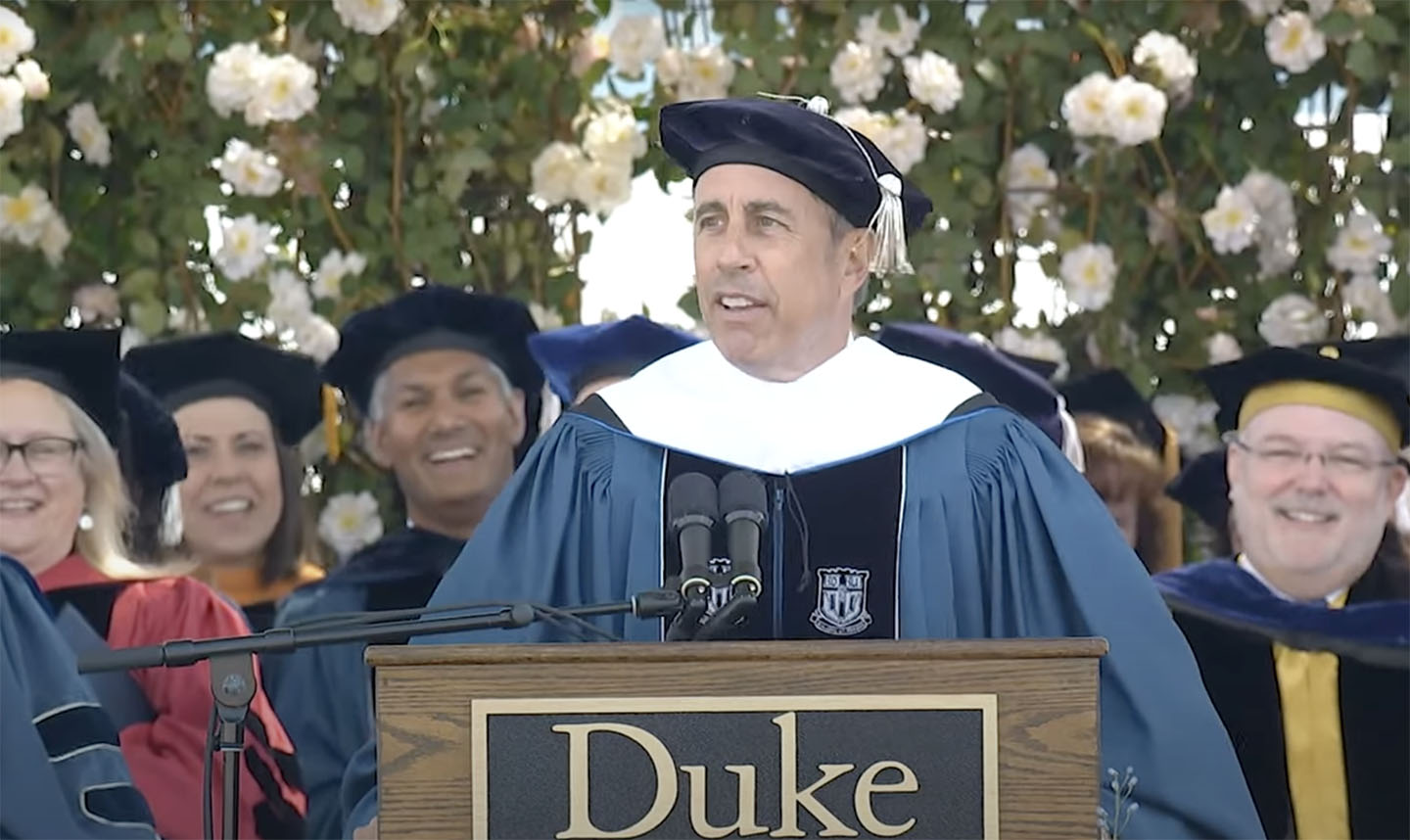
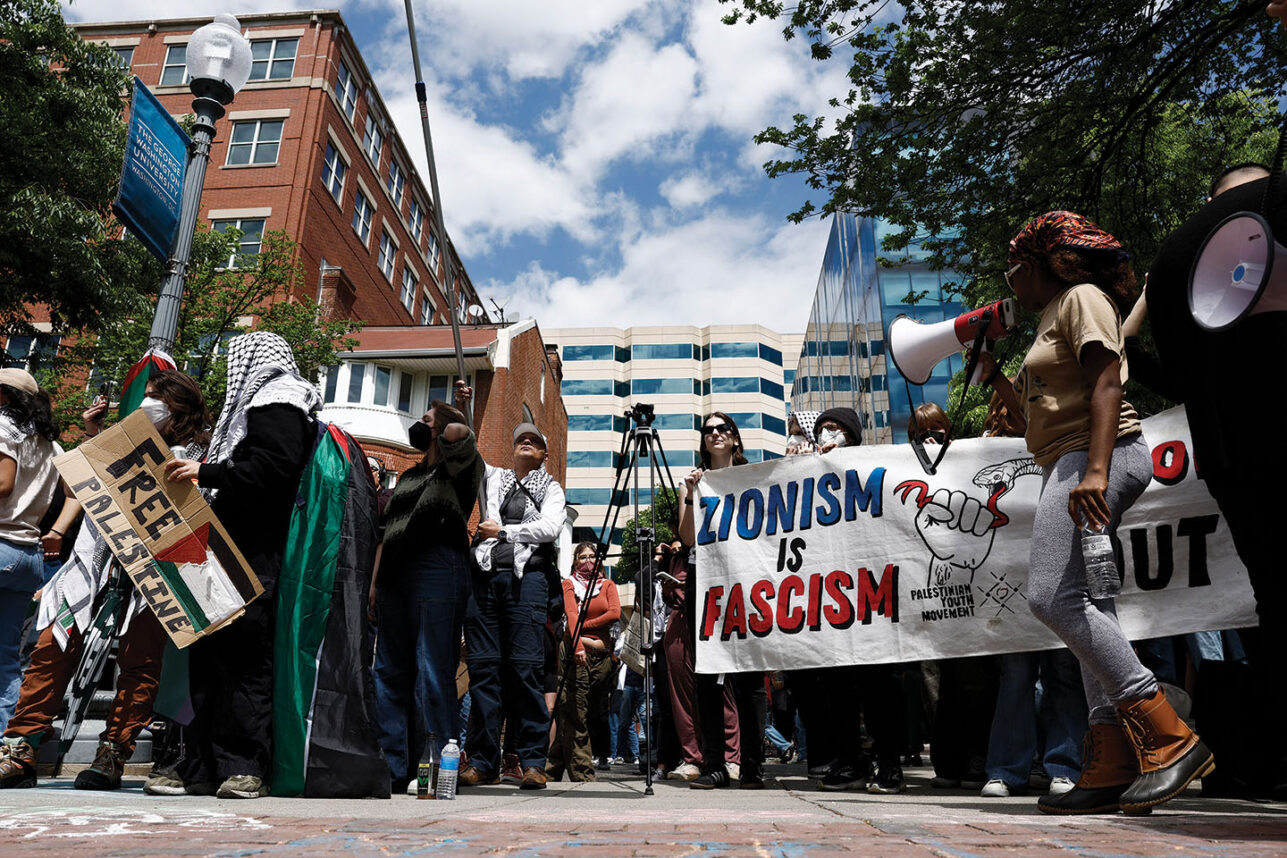
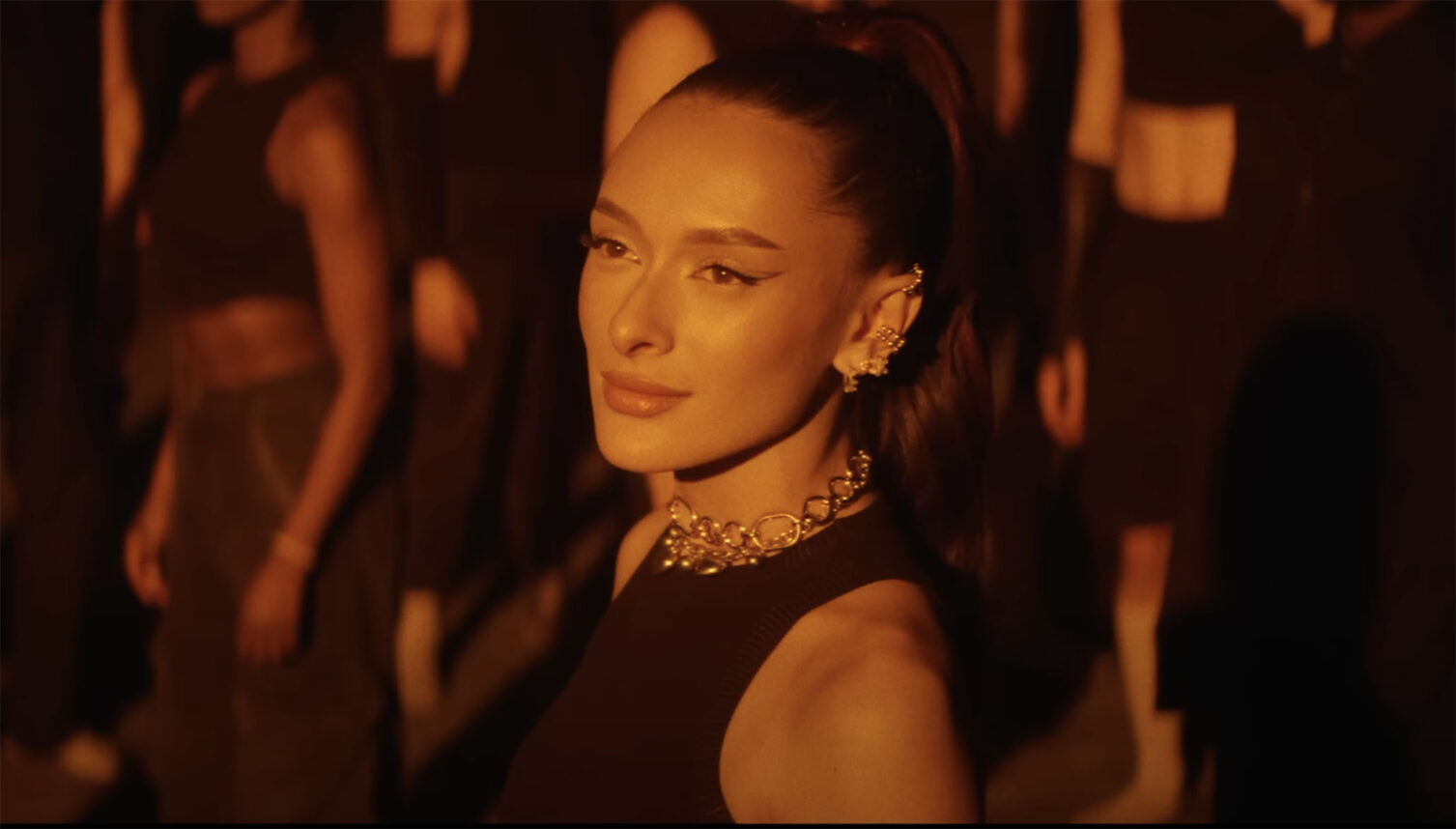

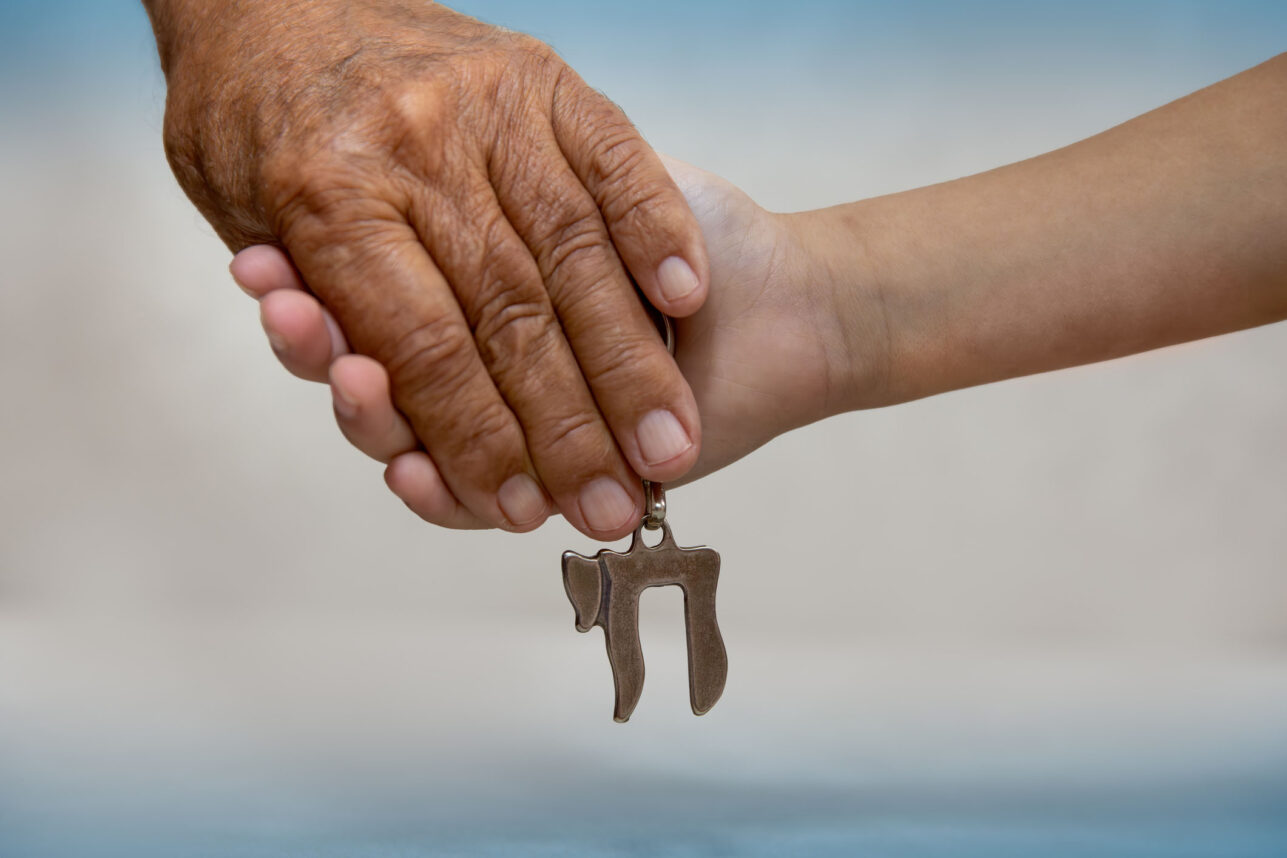
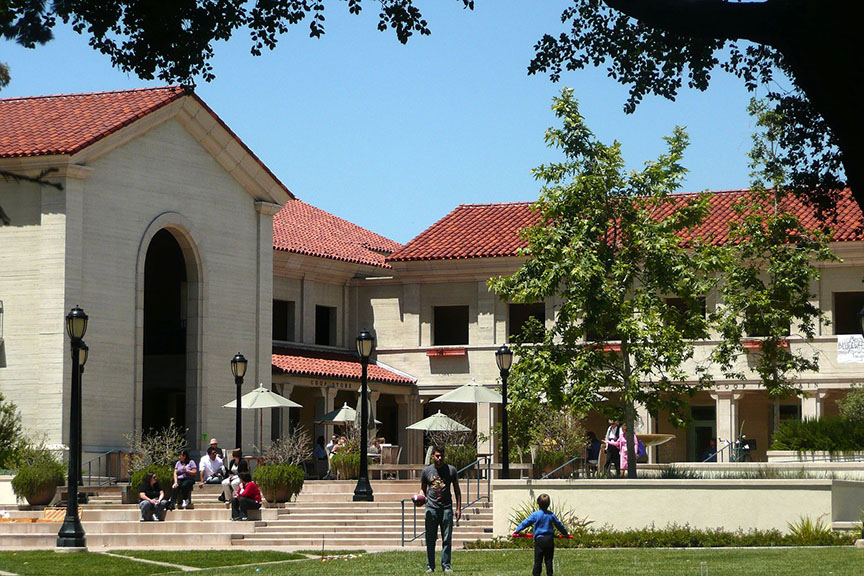
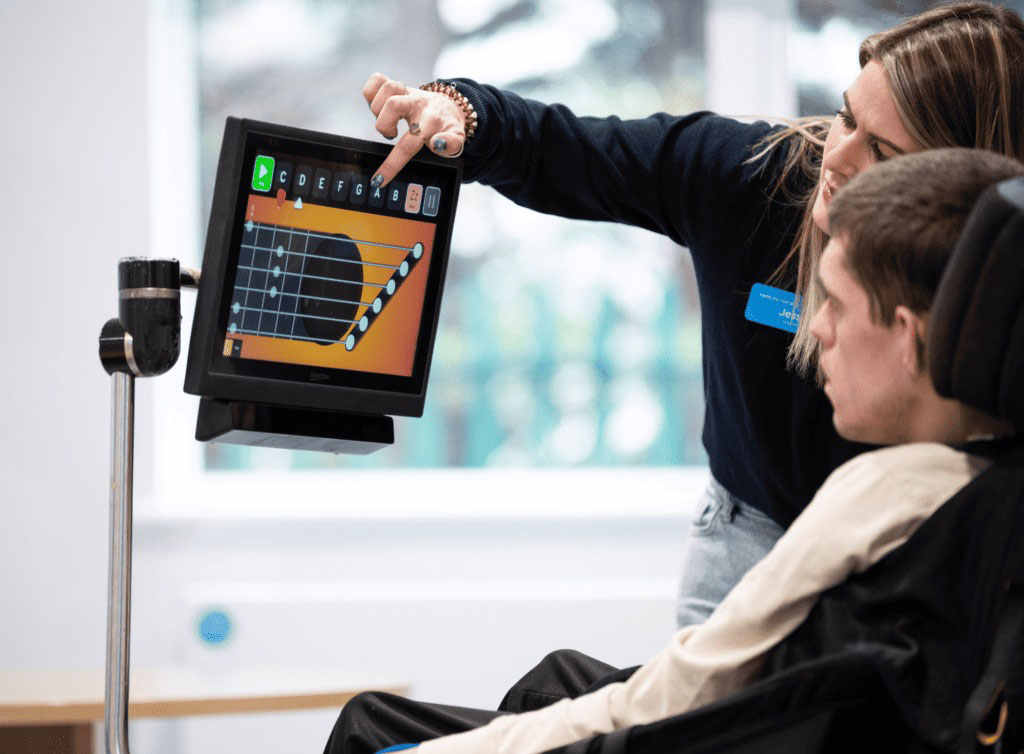
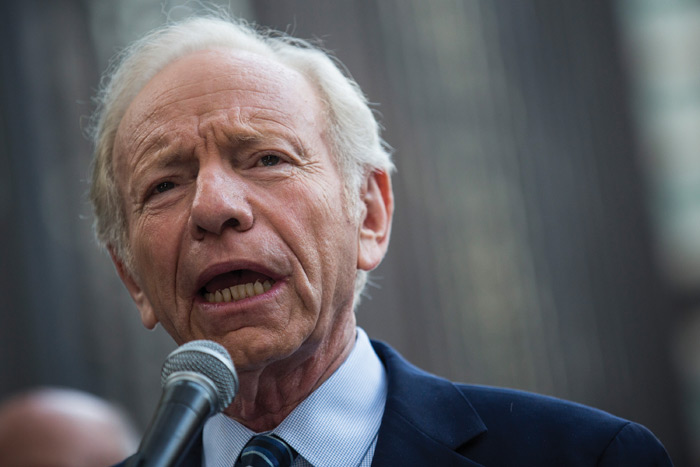





 More news and opinions than at a Shabbat dinner, right in your inbox.
More news and opinions than at a Shabbat dinner, right in your inbox.